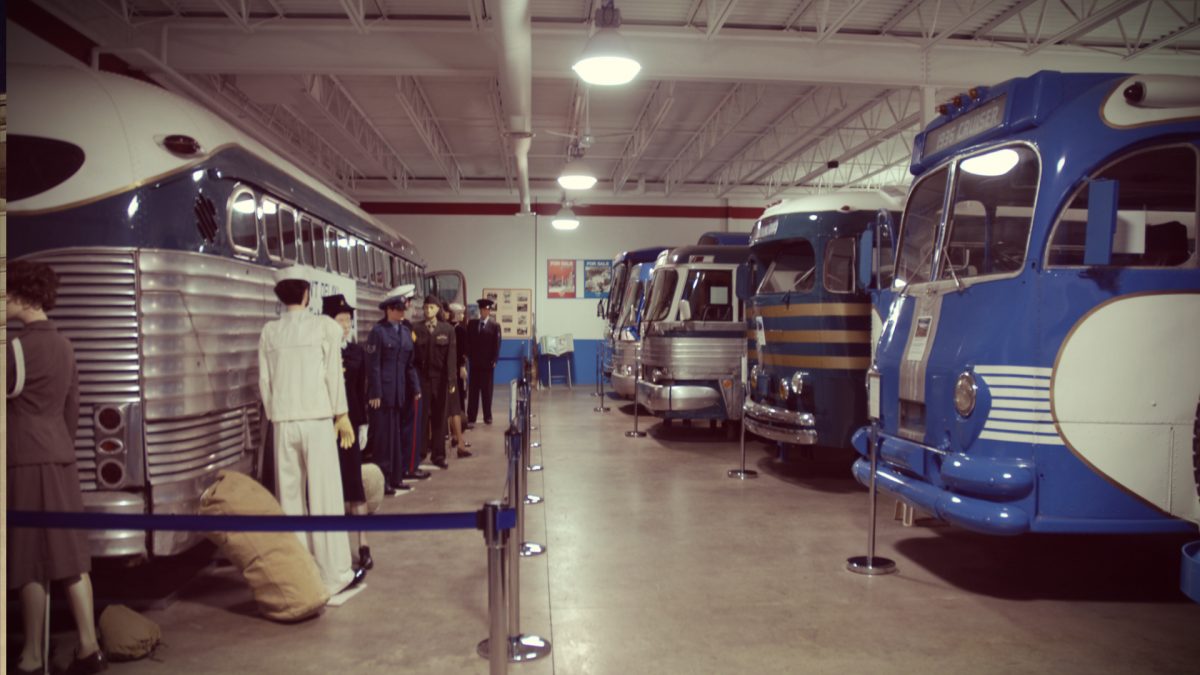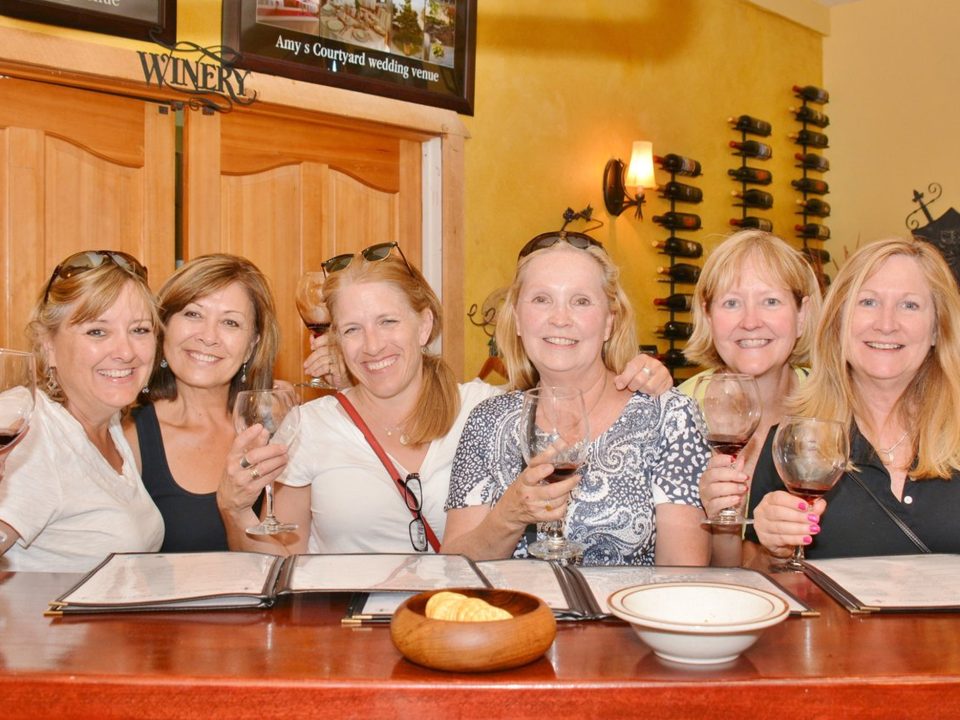
S.S. William A. Irvin
June 5, 2020
Karpeles Manuscript Library Museum
June 5, 2020To understand the value of the Greyhound Bus Museum it is important to look back at the history of the bus line itself. Carl Wickman, out of necessity for a job, became a Hupmoblile salesman in Hibbing, Minnesota. Finding little success in sales, he used his seven-passenger car to begin a bus service with Andy “Bus Andy” Anderson and C.A.A. “Arvid” Heed in 1914. Back then a ride on their buses ran you a whole 15 cents.
In 1915 Wickman began a similar service with Ralph Bogan and together they formed the Mesaba Transportation Company. They made a profit of $8000 in the first year. For 1915 that was good considering the average yearly income was $687. From this point on the company took off, purchasing other existing bus lines.
Ed Stone, driver on the Blue Goose Line that was owned by Wickman, first coined the name Greyhound. In the 1920s, as he was driving past store windows, he thought his reflection looked like a greyhound dog. The name soon become popular and was applied to the entire bus network. Wickman continued to grow his business and in 1928 he had a gross annual income of $6,000,000. In 1930 the corporation changed its name to The Greyhound Corporation and moved from Duluth to Chicago, Illinois. Despite going through WWI and Great Depression he was able to announce record profits of $8,000,000 in 1935 and the next year he added 306 new buses to the fleet.
It is easy to say that Carl Wickman transformed the way we think about mass transportation. He retired as president from Greyhound Corporation in 1946 and his long time partner Orville took over. Sadly, Carl Wickman died at the young age of 66 years old in 1954.
Greyhound continues to drive through history today. Competing with privately owned vehicles, low-cost airfare, Amtrak, and other intercity coach bus companies, Greyhound still is the largest North American provider of intercity bus transportation. They serve more than 2,400 destinations across the continent.
The Greyhound Bus Museum documents this and so much more of the history of bus transportation. The museum’s creator, local grocery owner, and Hibbing City Council member, Gene Nicolelli, found a commemorative plaque from the corporation in the city hall attic. He decided to capture the history of this company that had its roots in Hibbing. He raised the majority of funds needed to build the building and the purchase of all the memorabilia, souvenirs, company uniforms, advertisements, documents, and of course, buses.
The museum is meant to transport you back to 1914 as you walk through a tunnel with live auto sounds. Walking through hundreds of historical pieces in this collection and using picture displays, and a movie (Greyhound Story – From Hibbing to Everywhere), you are able to experience the Greyhound Bus line from beginning to end. It is because of Gene Nicolelli that we have this wonderful collection depicting the growth and development of one of the most common forms of transportation, the bus.
Before You Go, Here’s A Tip
There are buses on display in the parking lot. In the summer you will also see the “Iron and Rose Garden” in the parking lot. It is cared for by the local gardening club and honors the town’s heritage of iron as well as beautiful roses.


